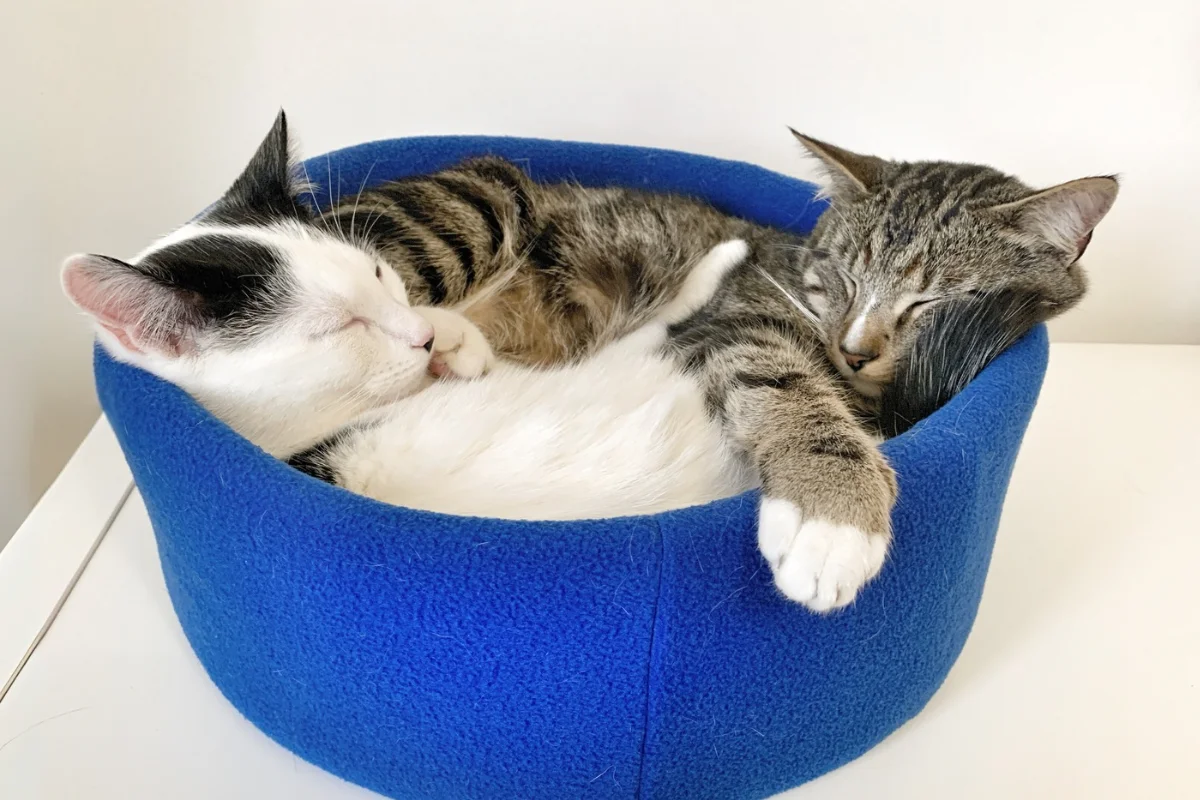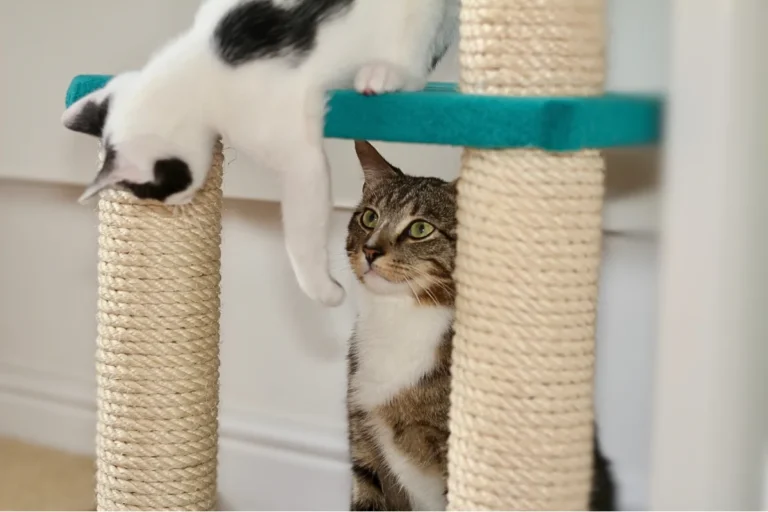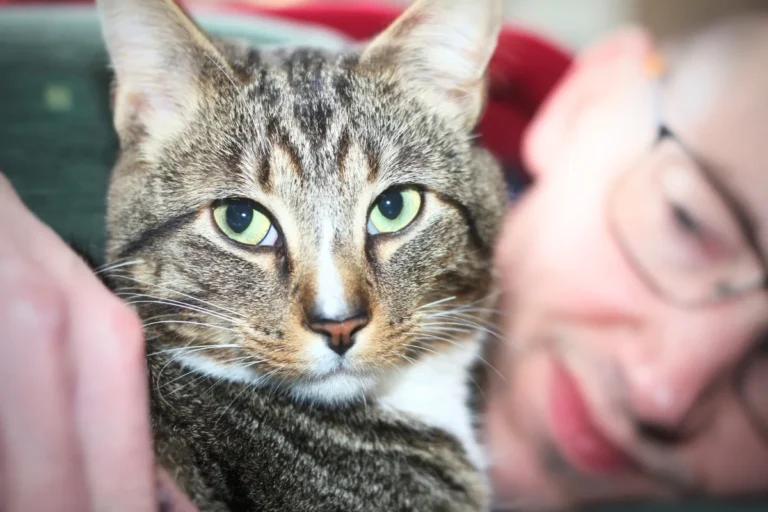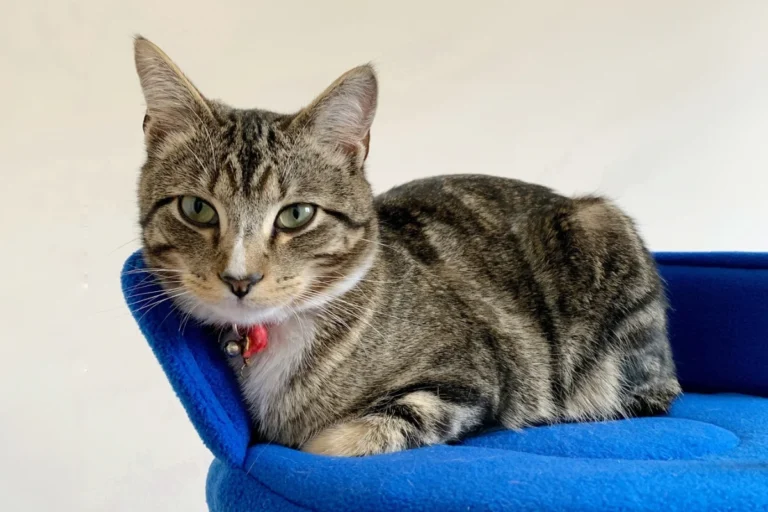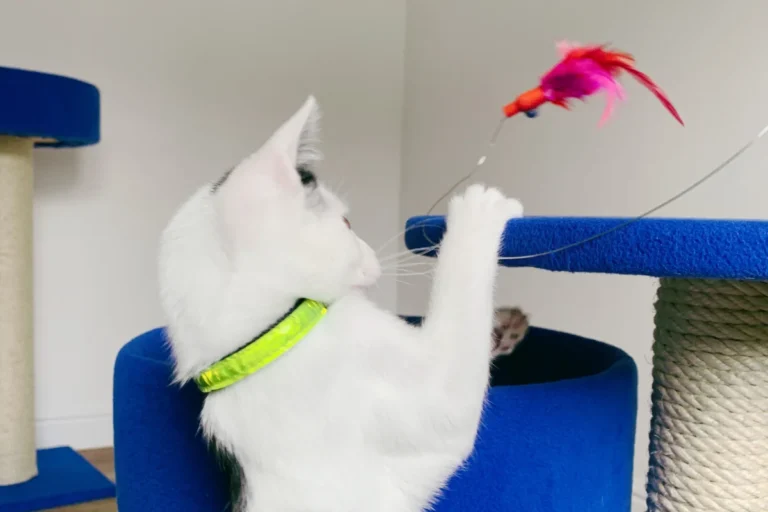Do cats need cat friends for company?
Despite being one of the world’s most popular pet, cats remain a mystery to many of their devoted owners. One question that often arises is whether cats need other cat friends to feel happy and fulfilled. Unlike dogs, whose social tendencies mirror our own, cats are independent and their behaviour can be misunderstood. This disconnect isn’t trivial — misunderstandings about feline behaviour can lead to cats being abandoned or surrendered to shelters. So, how can we bridge this gap? Let’s start by dismantling a common belief: the idea that cats need other cats for companionship.
The myth: Cats crave feline companionship
Many cat owners believe their pets will feel lonely without a housemate. This assumption often stems from human emotions or observations of social animals like dogs. In the 2015 PAWS report by the People’s Dispensary for Sick Animals (PDSA), 44% of cats in the UK lived in multi-cat households. Owners reported that many of these cats shared resources, such as litter trays (50%) and food or water bowls (58%).
At first glance, these households seemed harmonious. Owners often described their cats curling up together, grooming each other, or playing. However, owners also reported issues in 16% of these homes, such as tension or outright aggression between cats. Even more revealing, many cats appeared happier or more relaxed after the loss of a housemate.
This pattern reflects a deeper truth about cats. While some form social bonds, they do not instinctively seek companionship the way humans or dogs do. For many cats, living alone reduces stress, especially if they enjoy plenty of interaction with their human family.
The reality: Cats are naturally solitary
To understand why some cats struggle with other cats, we need to look at their natural instincts. Cats evolved as solitary hunters. Unlike dogs, which developed social systems to hunt cooperatively, cats relied on stealth and independence to survive. Even in feral colonies, where cats gather around shared resources like food, their bonds often depend on familiarity or family ties.
In domestic settings, this instinct for independence persists. Cats may tolerate or even enjoy the presence of certain cat friends, but forced cohabitation can lead to stress.
For example, a cat might avoid another by hiding under furniture, refusing to enter certain rooms, or spending more time outside. Body language also tells a story: a cat that frequently turns its back on another cat or flattens its ears when approached may feel uncomfortable. These signs often go unnoticed by owners, who misinterpret them as quirks or harmless behaviour.
The signs of stress in multi-cat homes
Stress in cats often manifests in subtle ways before escalating into more noticeable issues. When cats share a space but do not form a bond, they may develop behaviours that indicate unease.
Common stress-related behaviours include:
- Increased hiding: A stressed cat will avoid high-traffic areas or hide when the other cat enters a room.
- Excessive grooming: Cats may over-groom themselves to self-soothe, which can lead to bald patches or skin irritation.
- Overeating or undereating: A stressed cat might eat too much for comfort or avoid food altogether.
- Lethargy: Cats under stress often sleep more or appear less playful and engaged.
In severe cases, stress can lead to destructive behaviours such as scratching furniture, urinating outside the litter box, or spraying indoors. Aggression, though rare, may occur during direct confrontations over shared resources like food or resting spots.
How to encourage harmony
Owners who want multiple cats must carefully plan how to introduce and accommodate them. Success often depends on the cats’ personalities, the household environment, and the steps taken to manage their relationship.
Here’s how to increase the chances of harmony:
- Start with siblings or kittens: Cats raised together from a young age, especially siblings, have a higher chance of forming strong bonds.
- Introduce adult cats cautiously: If you bring a new cat into the home, allow both cats to adjust gradually. Use scent-swapping (like exchanging blankets or toys) before face-to-face meetings.
- Provide ample resources: Stress often arises when cats feel forced to compete. Each cat needs its own litter tray, food bowl, water bowl, scratching post, and hiding spot. Spread these resources across the home to allow cats to avoid each other if needed.
- Watch for signs of conflict: Owners should remain vigilant for subtle signs of stress, such as changes in behaviour or body language. Address issues early by providing more space or separating cats temporarily.
Even outdoor cats may require support to avoid conflicts. Owners can create outdoor hiding spots, secure enclosures, or separate feeding stations to minimise encounters with neighbourhood cats.
The bottom line
Do cats need cat friends for company? Not necessarily. Many cats thrive on their own, especially if their owner provides enough interaction, stimulation and affection. While some cats enjoy companionship, their relationships often depend on individual compatibility rather than an innate need for socialisation.
Understanding feline behaviour means respecting their instincts and creating an environment that meets their unique needs. For some cats, that might mean living with a friend. For others, it’s a peaceful, solitary existence. Either way, the key lies in paying attention to their behaviour and adjusting accordingly.
